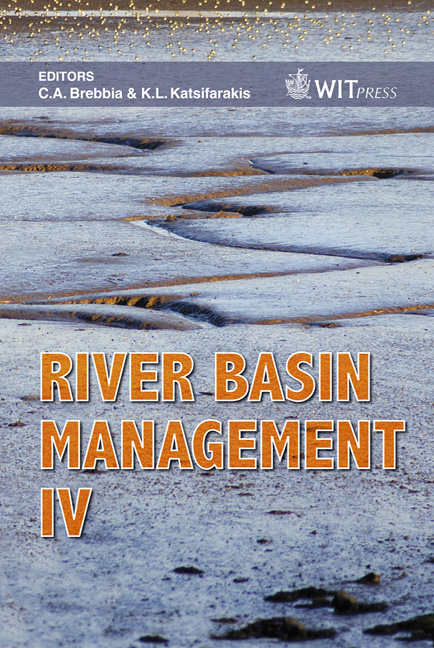Monitoring River Pollution With High-resolution Satellite Images
Price
Free (open access)
Transaction
Volume
104
Pages
9
Published
2007
Size
5,916 kb
Paper DOI
10.2495/RM070421
Copyright
WIT Press
Author(s)
P. Trivero, W. Biamino & M. Borasi
Abstract
The Bormida river basin is a strongly polluted rural area in North West Italy. The contamination has been caused by a chemical plant operating locally from 1892 to 1997 with ensuing heavy consequences on agriculture, animal life and human health. In the last few years, there has been an attempt to remove hazardous waste and improve the conditions of the site. We have employed a method based on high-resolution visible and infrared satellite images, which is able to assess the environmental impact of water contamination, with the aim of monitoring river banks. This method quantifies the Normalised Difference Vegetation Index (NDVI) on crops located close to the river using remote-sensed data. In this way it is possible to assess the spatial and temporal progression of land contamination and thus to be able to have an understanding of how much the interventions aimed at improving the situation were effective. The results obtained show that it is possible to assess the influence of water pollution along the entire valley: consequences are clearly visible up to 60 km downstream because of the great amounts of pollutants having been discharged. This method has been tested using Quickbird imagery (spatial resolution ~ 2.4 m/pixel) and has been validated comparing the results with chemical measurements. Keywords: remote sensing, water pollution, NDVI. 1 Introduction Throughout the nineteenth century, growing industrialisation led European nations to improved economic wealth. It also caused new, widespread concerns: environmental issues became increasingly important. Words such as \“ecology” and \“ecosystem” were coined [1].
Keywords
remote sensing, water pollution, NDVI.





